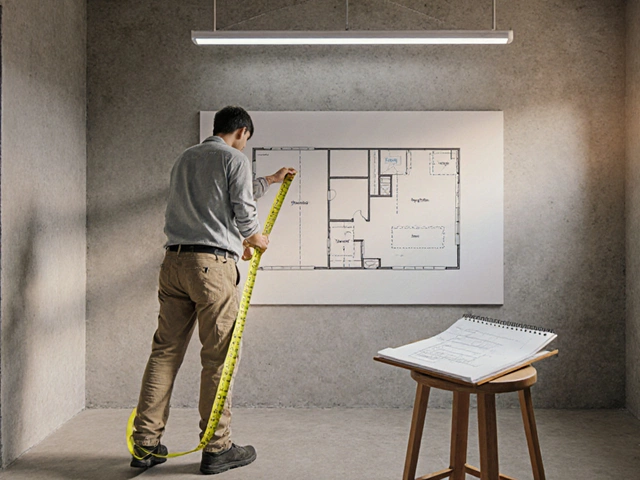Boost Your Sleep Quality with Smart Furniture Choices
Ever wake up feeling groggy even after a full night? The culprit isn’t always your bedtime routine – it can be the furniture you use. The right bed, sofa bed, or even an office chair can make a huge difference in how well you rest. Below are simple, affordable fixes that let you sleep deeper without overhauling your whole room.
Pick the Right Mattress for Your Sofa Bed
If you own a sofa bed, ask yourself: does it have a separate mattress or a built‑in insert? A dedicated mattress usually offers better support because you can choose the firmness that matches your sleep style. Foam inserts are great for contouring, while spring or latex options give a bouncy feel. When shopping, lay the mattress flat on a hard surface first – if it sags quickly, it won’t hold up on a sofa bed either.
Ergonomic Seating Keeps Your Body Ready for Bed
Spending hours in a sinking office chair can leave your back tight, making it hard to relax at night. Look for chairs with adjustable lumbar support and a sturdy gas cylinder. A mid‑back chair is often enough for desk work, but if you lean back for long periods, a high‑back model offers extra neck support. Fix a sinking chair by tightening the gas lift or swapping the cylinder – a quick fix that pays off in better sleep.
Bedroom storage matters, too. Cluttered nightstands or overloaded dressers force you to keep extra items at arm’s length, creating visual stress. Choose sleek storage furniture with clean lines so you can see the room clearly and wind down easier. A simple wooden nightstand, about 20‑25 cm deep, holds a lamp, a book, and a glass of water without crowding the space.
Lighting is another hidden sleep factor. A low‑profile TV stand that hides cables prevents glare, while a lamp with a dimmer lets you lower the light an hour before bedtime. If you can’t move the TV away from the wall, use blackout curtains or a swivel mount to keep the screen out of your direct line of sight.
Don’t forget the flooring. Hard wooden floors can feel cold, especially in winter. A soft rug under the bed adds warmth and dampens any creaking that might disturb light sleepers. Keep the rug thick enough – about 2‑3 cm – to absorb sound without looking bulky.
Finally, maintain your furniture. Rotate the mattress every three months and tighten any loose screws on chairs or tables. A stable, well‑kept piece lasts longer and provides consistent support, which translates to steadier sleep over the years.
Improving sleep quality doesn’t require a full bedroom remodel. By focusing on the mattress for your sofa bed, choosing an ergonomic chair, keeping storage tidy, managing lighting, and caring for your pieces, you’ll notice deeper rest and woke‑up energy. Try one change this week and see how your nights improve.





